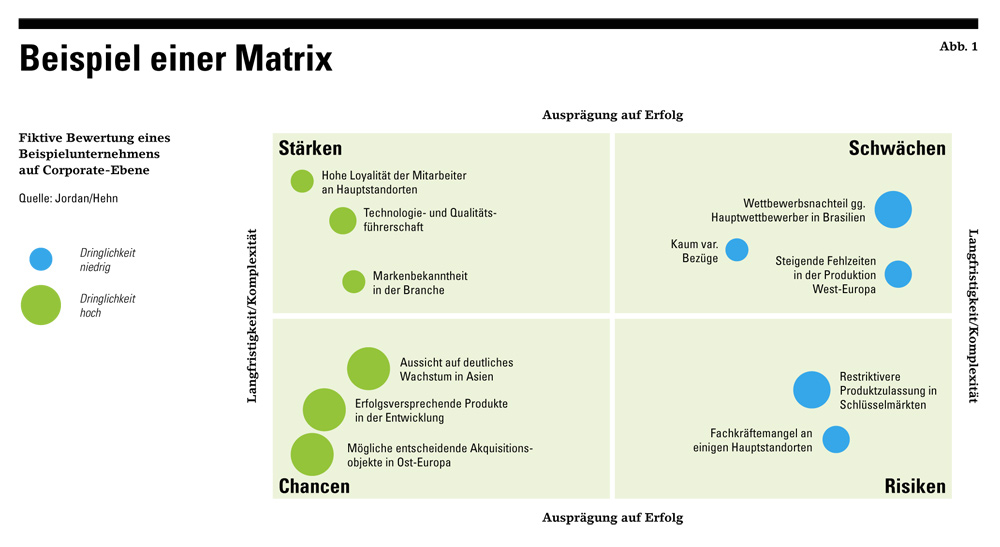
THE HR IMPACT ANALYSIS
Human Resources Manager, August / September 2012
The HR function has struggled to gain more influence within the company for as long as we can remember. With our model, we will show how this can be improved – from the strategy discussion to the organizational development of the HR function.
From its very beginning, the HR function has tried to influence the decisions of the company’s management. Although managing directors and CEOs state in practically every study that the quality of their staff and senior executives is crucial for their organization’s success, HR keeps playing a minor role in many companies. It does so for several reasons: HR managers who do not really understand the company’s business and sometimes do not want to understand it in detail. HR directors who find it difficult to be measured against numbers, data and facts; or HR managers who are more comfortable reacting on short notice than exerting influence on the company’s strategy.
In 2010, the consulting firm Capgemini conducted a survey among major HR decision-makers in the largest German, Austrian and Swiss companies. In this survey, a mere two percent stated that they met the requirements of the HR business partner concept completely. 41 said they succeeded sufficiently. The fact that in many organizations the HR department reports to the Chief Financial Officer should therefore not come as a surprise. We have, however, not heard of a CFO reporting to a Chief HR Officer.
HR Impact Analysis
It is the goal of this analysis to develop a coordination process between the various business areas and the HR organization. Focus is placed on the current business situation, the plans for the future and the respective opportunities and risks. On this basis, the managing director, the Head of HR and their staff develop the strategy and the specific measures that ensure that the business goals can be realized. The HR organization so provides a discernible and concrete benefit for the individual parts of the company as well as for the company as a whole.
It is of course advantageous to employ tools that are used in a similar form by the business partners in the company. We have therefore chosen the well-known model of the SWOT analysis – Strengths, Weaknesses, Opportunities and Risks.
The x-axis of the matrix describes the complexity of a situation, a strength, a weakness, an opportunity or a risk. This means that a very complex topic requires a long and usually expensive lead time before it can be solved. An example: the solution of technical problems of a key product. The y-axis describes the influence on the company’s success, which would be higher in the case of a blockbuster product than in the case of an insignificant phase-out technology. The third dimension in the matrix is the priority of the respective measure, being shown by the size of the respective dot.
At the end of this process, the responsible HR managers will – by means of a semi-structured interview – have found out the strengths, weaknesses, opportunities and risks in the various parts of the company. And they and the responsible business partners will agree on the activities to be taken. The matrix below is an example for the result of such a discussion.
(fig. 1)

When compiling the matrix, the moderating HR manager has to ask the business manager the right questions in order to obtain the relevant answers. Below, please find some key questions HR should ask:
